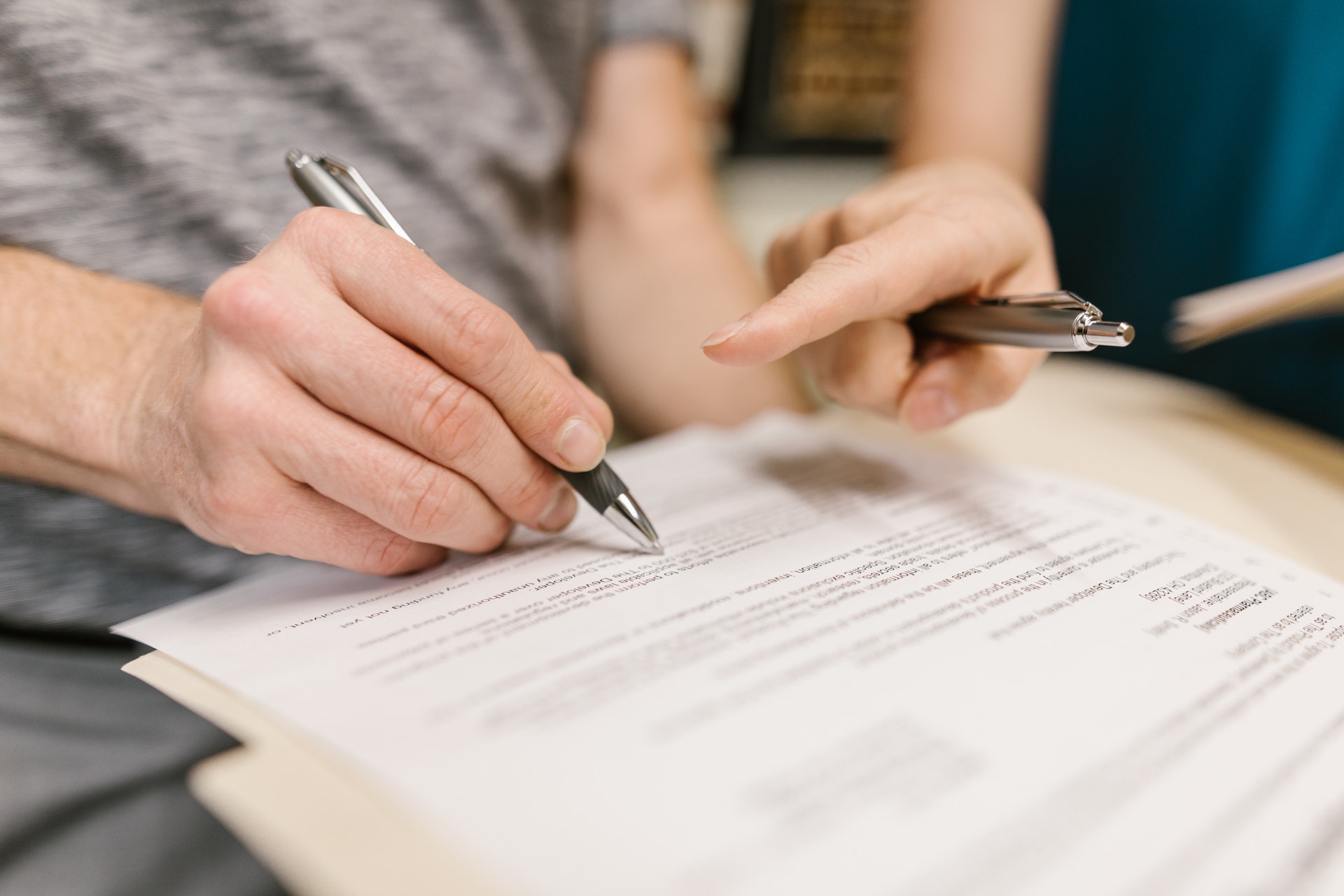Landlord Blog
Education and news for smart DIY landlords!
What to Do Before Closing on a House: Advice for Buyers

Transferring property ownership from one person to another is a lengthy and challenging process. Unlike a donation agreement or inheritance succession where the processes are quicker, house purchase is more stressful to both the buyer and the seller because money is involved.
A small disagreement can cause the buyer to lose their dream home and pay hefty fines for a breach of contract. So if you think that signing a purchase contract with a home seller means everything will now go smoothly, you’re wrong. The only time you can rest easy is when closing is done. Sellers can get cold feet at any time.
But before closing day arrives, there’s a list of things you should do. These tasks will ensure that you will legally own the property you’ve bought according to schedule and what you agreed with the seller.
1. Put all contingencies in order
Most house purchase agreements have contingencies - things that both the seller and buyer must do to officialize a real estate contract. As a buyer, the common contingencies would be appraisal, financing, and home inspection. Know more about contingencies here.
2. Ready what to bring on closing day

You will need to present a lot of documents on closing day. Make sure you have your identification, proof of wire transfer, certified funds, proof of homeowner’s insurance, your copy of the purchase contract, and other documents requested by your lender in a folder.
3. Clear the title
Clearing the title will protect you from legal claims of other people on the house. For example, a relative of the seller might say that the seller had no right to sell you the property. When you clear the title before closing, their claims will be rendered void. You also need to buy title insurance for that. Ask your lender or real estate for suggestions of the best title company.
4. Contact your lender
Let your lender know that your closing date is on schedule. By doing so, it will help your lender give you a final approval letter on the day of closing. It’s a necessary task to guarantee a smooth transaction on closing day.
5. Set up utilities

Terminate the services you have availed from your internet, gas, trash, power, and water provider. If possible, ask them to transfer your name to your new address which is the property you’re about to legally own.
6. Review closing disclosure
Also known as the HUD-1 settlement statement, closing disclosure is an official document that states your exact monthly mortgage payments. It contains the terms of your loans such as the interest rate and duration of your debt.
Along with the document is an outline of the closing costs you’ll pay. You’ll need to do this so that you won’t be surprised that your lender has charged additional fees. Better yet, compare your closing disclosure to your loan estimate and ask your lender to explain any discrepancies.
7. Reserve a moving truck
This is an item in your checklist that you should only do when you feel that closing day will go smoothly and you want to move into the new home as soon as possible. Contact a moving company and reserve a truck to transport all your belongings to your new address.
8. Conduct a final walkthrough and inspection

Now that you have everything prepared, you still need to make sure that the house you’re moving into is in a condition that is agreed on the contract. It’s common in contracts nowadays to allow a homebuyer to do a final walkthrough of a property within 24 hours before closing.
Final walkthroughs are for you to see if the previous owner has vacated the premises or if the repairs you requested have indeed been done. The only exception would be if the buyer and the seller have a rent-back agreement in the contract.
Buying a house is an exhilarating experience, especially for first time homeowners. The nearer closing day comes, the more pressure you’ll feel. It’s normal. The best strategy you should use to make sure your house buying experience goes smoothly is to schedule all the tasks you need to do based on this list. Take time to relax and don’t think too much.
